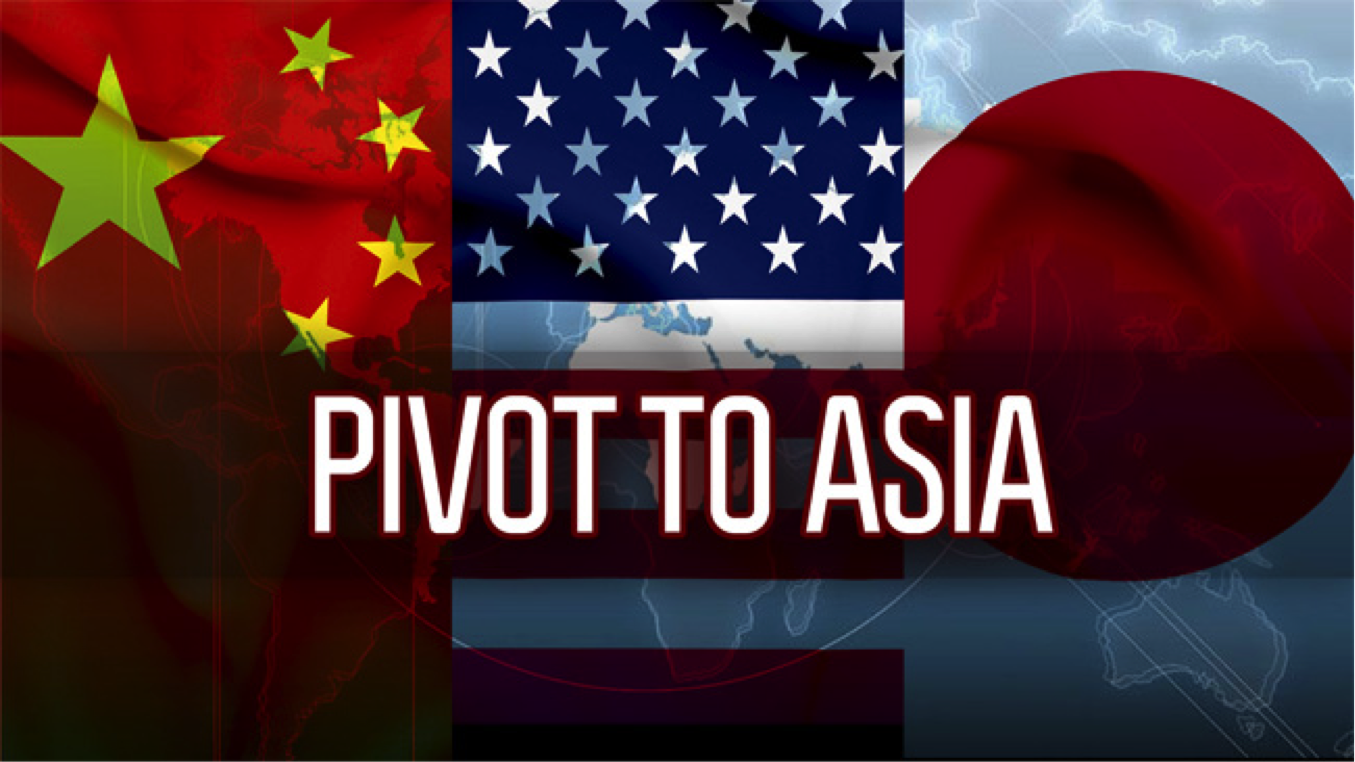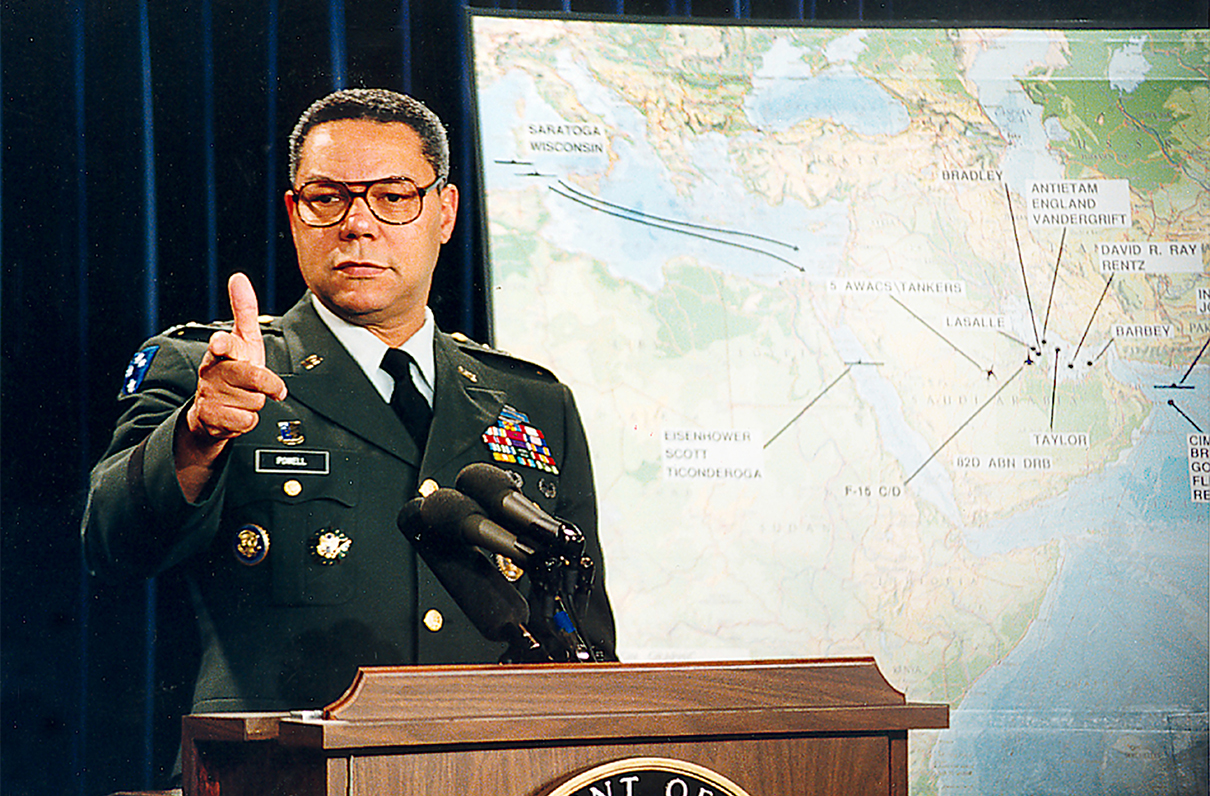Is PACOM Preparing for the Right Security Challenges?
Major Paul and Jon Lushenko argue that PACOM’s efforts to rebalance the security policy in Asia-Pacific has only fostered initiatives to help confront traditional threats despite the prevalence of human security challenges.
Read More


